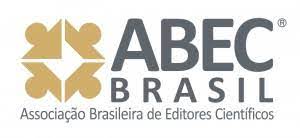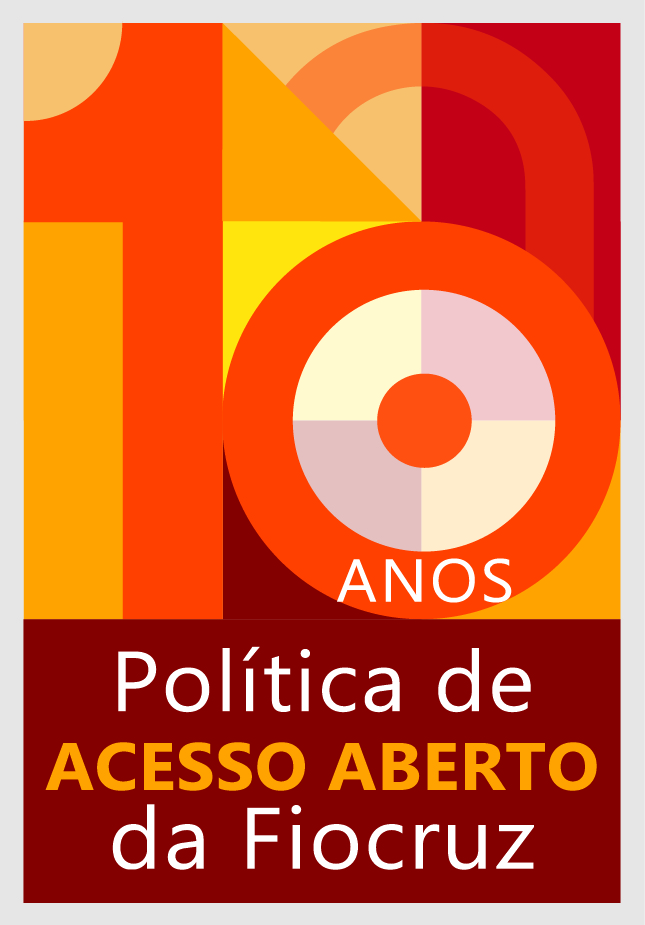Opening the Semantic Space in the Service of Collective Intelligence
DOI:
https://doi.org/10.29397/reciis.v1i1.898Keywords:
Collective intelligence, knowledge management, semantic interoperability, WWW, semantic computingAbstract
As the human recorded memory is progressively digitized and posted on line, the need for a common semantic coordinate system independant from natural languages and ontologies is growing. A future universal semantic addressing system, able to index all digital documents, should meet three basic requirements. First, each distinct concept should have a unique address. Second, the semantic coordinate system should be open to any concept and relations between concepts(ontologies), whatever the cultural environments where these concepts are created and transformed, without neither privileges nor exclusions. Third, it should support a group of mathematically defined (automatable) operations on semantic addresses, namely : rotations, symmetries and translations in the « semantic space » ; semantic compression and decompression ; set-theory operations like union, intersection and symmetric differences ; ranking on semantic criteria ; semantic pattern recognition ; semantic distances measurement ; logical inferences, etc.
Developped by an international research network led by the Canada Research Chair in Collective Intelligence at the University of Ottawa, the Information Economy MetaLanguage (IEML), allows the construction of a semantic coordinate system meeting these three constraints. Website, including the IEML dictionary, since may 2006 : www.ieml.org. In Brasil, BIREME (www.bireme.br) is member of the IEML initiative.
Downloads
Published
How to Cite
Issue
Section
License
Author’s rights: The author retains unrestricted rights over his work.
Rights to reuse: Reciis adopts the Creative Commons License, CC BY-NC non-commercial attribution according to the Policy on Open Access to Knowledge by Oswaldo Cruz Foundation. With this license, access, download, copy, print, share, reuse, and distribution of articles is allowed, provided that it is for non-commercial use and with source citation, granting proper authorship credits and reference to Reciis. In such cases, no permission is required from the authors or editors.
Rights of authors’s deposit / self-archiving: The authors are encouraged to deposit the published version, along with the link of their article in Reciis, in institutional repositories.












